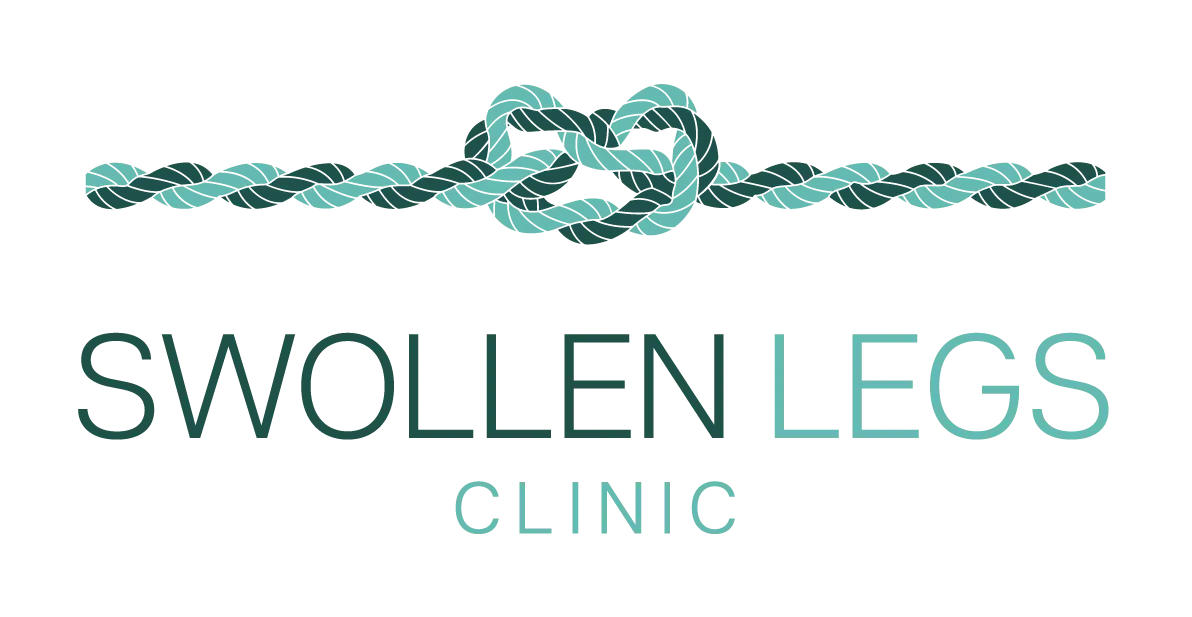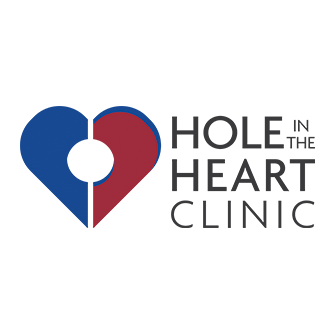Did you know that along with causing some other inconvenient and painful symptoms, untreated varicose veins can actually put your life at risk?
Deep vein thrombosis is a condition where a blood clot forms in a deep vein, most often in the calf, thigh or pelvis. This is dangerous because the clot can dislodge and travel through the body in the bloodstream. If the clot reaches the lung it’s known as a pulmonary embolism – a critical and potentially life-threatening condition.
Some risk factors for deep vein thrombosis include:
- Increasing age
- Recent surgery
- Inactivity
- Injuries that disrupt blood vessels
- Pregnancy and childbirth
- Obesity
- Some medicines
- Smoking
- Previous DVT
Symptoms of deep vein thrombosis include a “pulling sensation” in the leg, the feeling of nerve pinching, increased redness and swelling.
If our ultrasound scan indicates DVT, the usual treatment would be to administer blood thinners. The doctor in consultation with the sonographer will determine the most appropriate care plan for the patient.
The good news is that we can treat varicose veins before deep vein thrombosis has a chance to occur.










